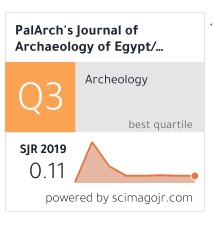THE SYMBOLIC MEANING OF PURI (KING'S PALACE) ARCHITECTURE IN BALI, INDONESIA: THROUGH A STUDY ON PALEBAHAN AREA ARRANGEMENT
Abstract
The royal palace or the so-called puri in Bali is often considered the Ista Dewa, namely the kings' residence. In Sanskrit, puri means a city, a king's palace, a capital, a kingdom, or a surrounding walled settlement. Puri in Bali was built following certain rules, among others, that the castle complex was divided into several palebahan. The definition of palebahan is an area that is bounded by a fence around which there are several buildings with certain functions or uses, and often the name palebahan is also determined based on its use or the name of the main building contained in it. As a study that is a review and comparison, the data collection is based more on literature studies and research that has been done a lot, and efforts are also made to provide a representative field review. This study aims to find out the meaning of puri in general through the arrangement of its palebahan area. The study concluded that the element that formed the spatial structure of the king's palace complex in Bali was the palebahan area. Still, the character and function identification were given by the buildings standing on it. As part of traditional architecture, Hindu religious meanings and symbols often accompany its existence. And the symbolic meaning of puri as the king's palace in Bali, can be expressed through the arrangement of the palebahan area.



